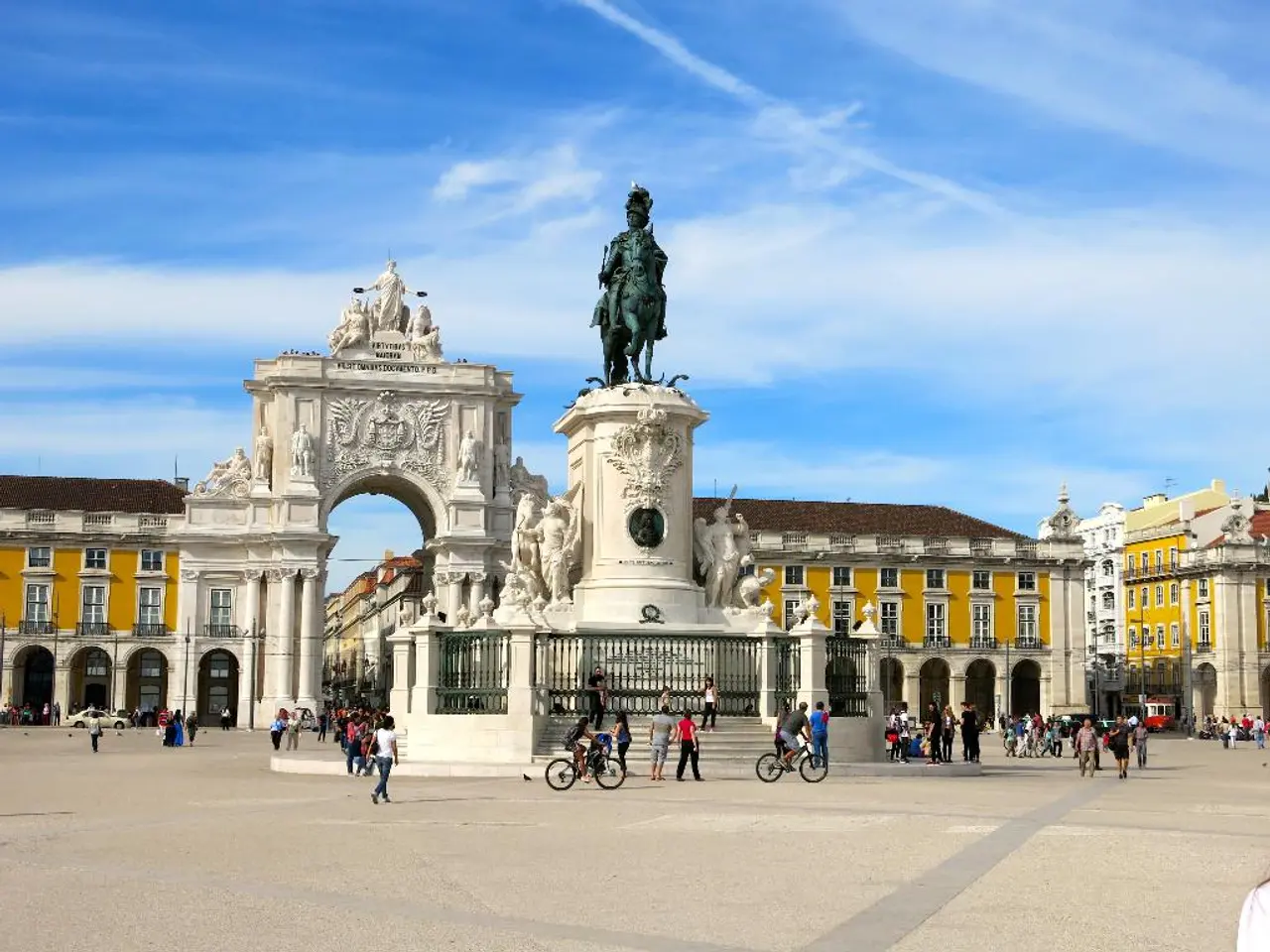Tale of Magdalene Clause: A Haven Promising Therapeutic Impact
In the tranquil environs of Munich's Nymphenburg Palace Park, a charming architectural gem named the Magdalenenklause stands as a testament to the city's rich historical and cultural heritage. Originating in the early 18th century, the Magdalenenklause was built under Elector Max Emanuel as a secluded haven for contemplation and religious meditation.
This delightful hermitage or garden pavilion, a blend of natural grotto motifs and Baroque garden folly aesthetics, was designed to serve as a quiet retreat away from the bustle of the court. Its purpose was primarily spiritual, inspired by the biblical figure of Mary Magdalene, who was associated with repentance and healing.
The Magdalenenklause is also traditionally believed to have spiritual healing powers, promoting solace and spiritual comfort. Although there are no historical sources to support claims of literal medicinal or magical healing powers, the association with Mary Magdalene lends it a reputation as a site promoting spiritual renewal and healing of the soul.
The Magdalenenfest, a local cultural celebration held annually on July 22, the feast of St. Mary Magdalene, is another aspect that connects the Magdalenenklause to the community. This festival includes processions, prayers, music, and local customs, all celebrating the saint’s virtues of redemption and compassion. The Magdalenenfest dates back several centuries in Bavaria and echoes the spiritual significance of places like the Magdalenenklause, reinforcing community ties to historic religious traditions.
The Magdalenenklause was constructed between 1662 and 1728, making it the third park building in the Nymphenburg Palace. Despite initial plans for the Magdalenenklause to be a retreat for Elector Max II. Emanuel, it was Elector Karl Albrecht who completed the structure after his father's death. A pilgrimage tradition to the Magdalenenklause emerged in the 18th century and continues to this day, with Christians gathering on July 22 to pay tribute to St. Mary Magdalene at the ruinous castle.
Legend has it that the blind Baroness von Pechmann regained her sight through the healing water that collects in a basin inside the Magdalenenklause. However, this story lacks historical evidence. Regardless, the Magdalenenklause remains a significant symbol of spiritual tradition within the Nymphenburg Palace grounds and Bavarian culture.
References: [1] "Magdalenenklause." In: Gartenkunst im 18. Jahrhundert. Ed. Dieter Kohler and Michael Petzet. Berlin: De Gruyter, 2012. [2] "Magdalenenklause." In: Die Gartenkunst des Barock. Ed. Joachim Wolschke-Bulmahn. Munich: Prestel, 2007. [3] "Magdalenenklause." In: Die Gartenkunst des Rokoko. Ed. Joachim Wolschke-Bulmahn. Munich: Prestel, 2005.
The Magdalenenklause, rooted in the Baroque period, is not only a symbol of Munich's rich heritage but also a sanctuary for health-and-wellness, offering spiritual healing therapies through its historical significance and association with Mary Magdalene. This tradition continues today, with locals and visitors joining the annual Magdalenenfest, a celebration of healing, redemption, and the saint's compassionate virtues.




